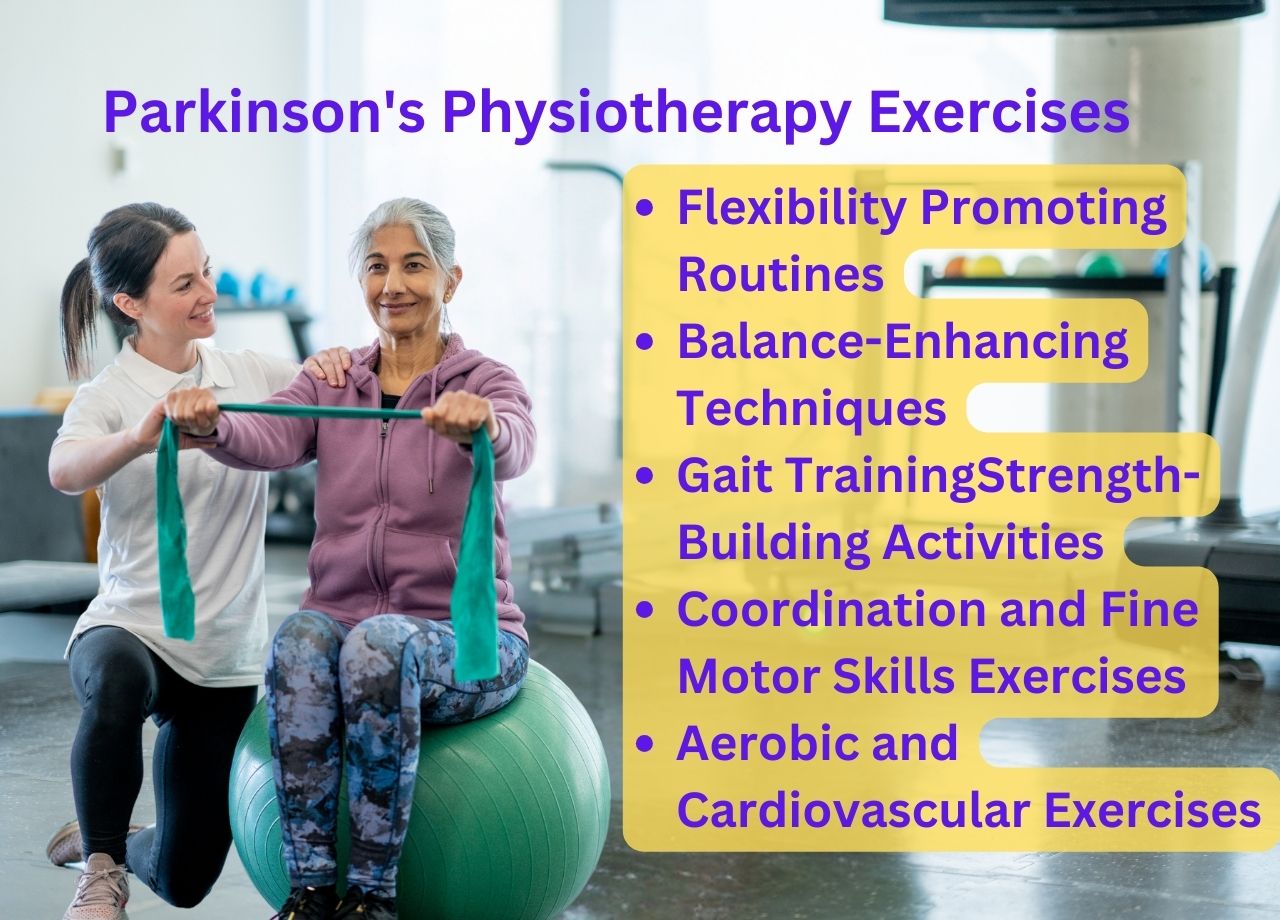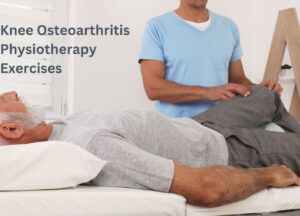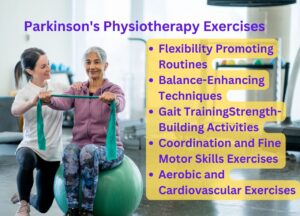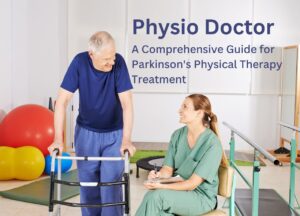Living with Parkinson’s disease often involves grappling with unique challenges related to mobility and motor function. In this comprehensive guide, we’ll explore the transformative impact of physiotherapy exercises tailored specifically for individuals with Parkinson’s. Discover how targeted exercises can enhance flexibility, improve coordination, and empower individuals to embrace a more active and fulfilling lifestyle.
Understanding the Role of Physiotherapy Exercises
Physiotherapy exercises tailored for Parkinson’s disease play a crucial role in addressing the specific motor symptoms associated with this progressive neurological disorder. These exercises are designed to alleviate stiffness, enhance flexibility, and improve overall mobility, contributing to an improved quality of life.
6 Key Physiotherapy Exercises for Parkinson’s
1. Flexibility Promoting Routines
Stiffness is a common challenge in Parkinson’s, impacting daily activities. Physiotherapists prescribe flexibility exercises that target specific muscle groups, promoting increased range of motion and reducing stiffness.
2. Balance-Enhancing Techniques
Individuals with Parkinson’s often experience difficulties with balance, leading to an increased risk of falls. Physiotherapy exercises focus on enhancing balance through targeted routines that improve core strength and stability.
3. Gait Training
Gait disturbances are a characteristic symptom of Parkinson’s disease. Physiotherapists employ gait training exercises to refine walking patterns, promoting a more natural and coordinated gait that enhances overall mobility.
4. Strength-Building Activities
Targeted strength-building exercises aim to address muscle weakness, a common concern in Parkinson’s. These activities not only enhance muscular strength but also contribute to improved stability and motor function.
5. Coordination and Fine Motor Skills Exercises
Physiotherapy exercises for Parkinson’s target coordination and fine motor skills. Activities that focus on hand-eye coordination and precise movements empower individuals to overcome challenges associated with motor control.
6. Aerobic and Cardiovascular Exercises
Incorporating aerobic exercises into the physiotherapy routine is beneficial for cardiovascular health. These exercises not only contribute to overall well-being but also support better endurance and stamina.
The Personalized Approach of Physiotherapy
One of the strengths of physiotherapy for Parkinson’s lies in its personalized approach. Each individual’s symptoms and challenges are unique, and physiotherapists tailor exercise regimens to address specific needs. This individualized approach ensures that exercises are not only effective but also enjoyable for the person undergoing treatment.
The Impact on Daily Life
Engaging in regular physiotherapy exercises can have a profound impact on the daily life of individuals with Parkinson’s. Improved mobility, enhanced balance, and increased strength contribute to greater independence, allowing individuals to navigate daily activities with confidence and ease.
Conclusion
In conclusion, physiotherapy exercises stand as a powerful tool in the holistic management of Parkinson’s disease. By addressing specific motor symptoms, promoting flexibility, and enhancing overall mobility, these exercises empower individuals to embrace an active and fulfilling lifestyle. If you or someone you know is living with Parkinson’s, consider the transformative potential of physiotherapy exercises. Consult with a qualified physiotherapist to embark on a personalized journey toward improved flexibility, coordination, and a more vibrant life.







